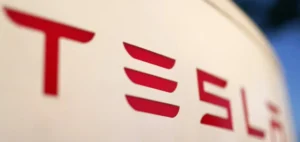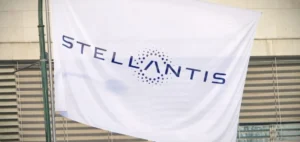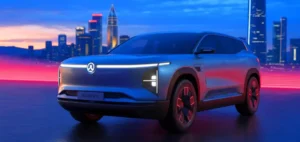The question of whether ship fuel pollution control paradoxically contributes to global warming is the subject of intense scientific debate. Since the implementation in 2020 of International Maritime Organization (IMO) regulations aimed at reducing the sulfur content of marine fuels, a new study highlights the unexpected consequences of this measure.
Impact of Sulfur Emissions
According to Tianle Yuan, researcher at the University of Maryland and lead author of the study published in Communications Earth & Environment, these regulations have significantly reduced sulfur emissions from ships, cutting them by 80% since 2020. However, this reduction has also eliminated the cooling effect of sulfur aerosols, which reflect and absorb the sun’s rays, favoring the formation of clouds that are less heat-absorbing than oceans. This phenomenon could have contributed to the record-breaking rise in temperatures in 2023 and 2024. Indeed, the authors of the study estimate that this reduction in emissions could lead to a global temperature rise of 0.16°C over seven years, with a particularly marked impact on the North Atlantic.
Scientific debate
The scientific community remains divided on the issue. Nicolas Bellouin, Professor of Climatology at the University of Reading, points out that this phenomenon, known as “climate penalty”, had long been anticipated. He recalls that the marine industry had tried to avoid the adoption of cleaner fuels by relying on the cooling effect of aerosols. Other scientists, such as Edward Gryspeerdt of Imperial College London, warn of the uncertainties associated with the magnitude of this cooling effect. They believe that the contribution of sulfur emission reductions to temperature increases remains an open question, requiring further research to confirm these results.
Consequences for the Marine Industry
Reducing sulfur emissions was primarily motivated by the need to improve air quality and reduce the impact on public health. However, the results of this study could prompt the shipping industry and regulators to reconsider the current approach, balancing the benefits for air quality with the potential climatic consequences. Jean-Louis Dufresne, climatologist and director of research at CNRS, highlights the complexity of analyzing small-scale climate disturbances over short periods. In his view, it is crucial to continue monitoring the long-term impacts of emission reduction policies to fully understand their effects on the global climate.
The study raises important questions about the balance between reducing air pollutants and managing global warming. Although reducing sulfur emissions has clear benefits for air quality, its potential impacts on climate require in-depth assessment. Future research should focus on the precise quantification of these effects and on finding innovative solutions to reconcile the fight against air pollution and global warming.






















